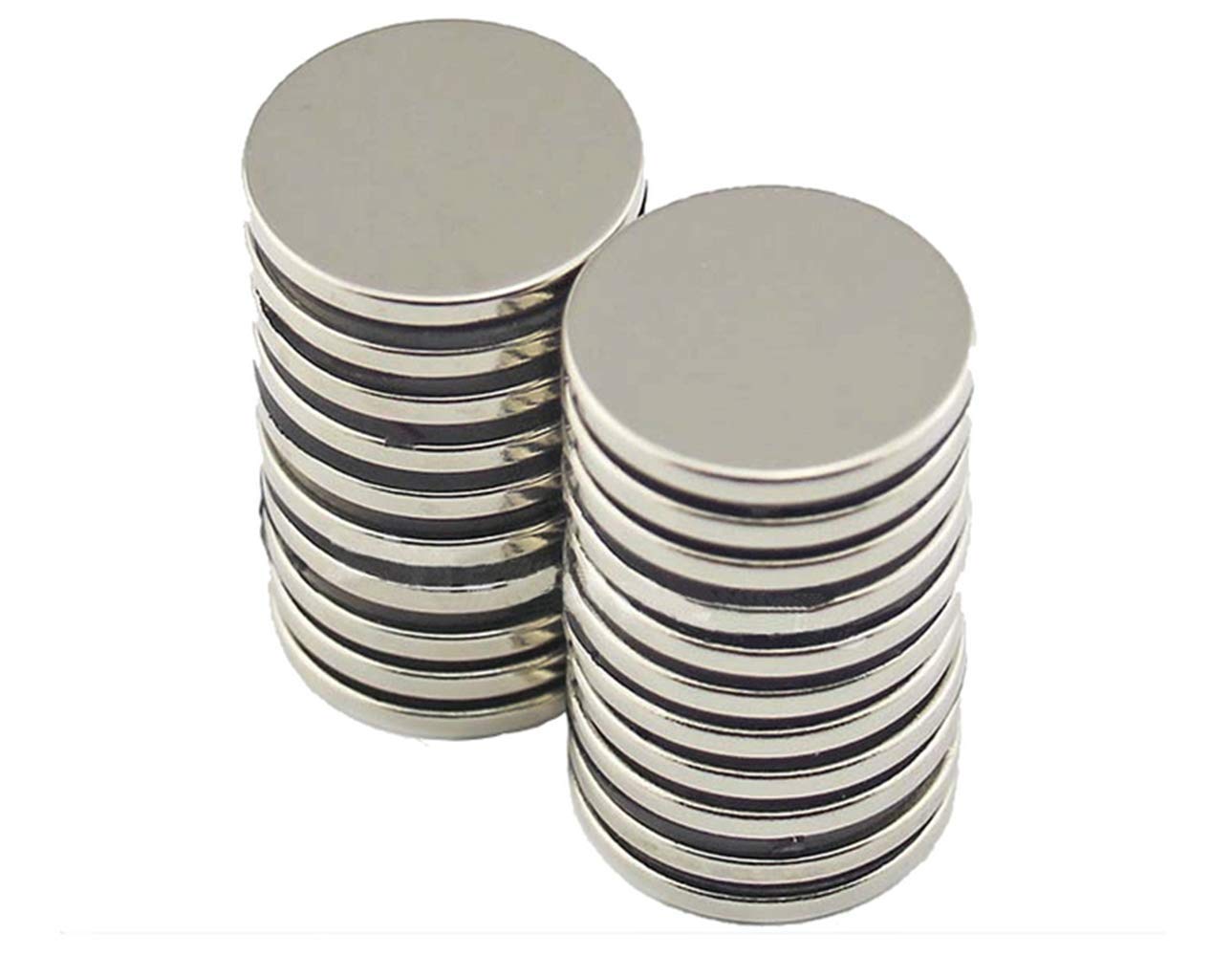Neodymium magnets are rare earth magnets made of neodymium, iron, and boron. Magnet type was first developed by General Motors in 1982. There are two different processes used to produce neodymium magnets; classical and rapid freezing process. To get more details about neodymium magnets you may check here https://www.rochestermagnet.com/rare-earth-magnets/neodymium-magnets.

Image Source: Google
Quick compaction is done by taking the alloy Nd-Fe-B and melt spinning the thin ribbon. The tape that was produced by a melt spinning process has random grain oriented.
The particles undergo liquid-phase sintering which causes the particles to magnetically align. A polymer is then added to the particles and a good mix of injected molded or compressed into a bonded magnet.
About 50,000 to 55,500 tons of neodymium magnets are produced each year. These magnets are used in MRI machines, hard drives, speakers, electric motors, and other applications.
Special attention should be taken when handling neodymium magnets because of their magnetic strength. Even as small as a few centimeters magnet has the ability to cause damage to the body when the skin or other body parts caught between the magnets.
5,500 tonnes of neodymium magnets produced is bonded type. Bonded magnets have several advantages compared to sintered magnets.
They offer less flux which makes them better suited for scientific applications. It is possible for them to be molded into parts that cannot be done through the classical process. No eddy current losses with this type of magnet.